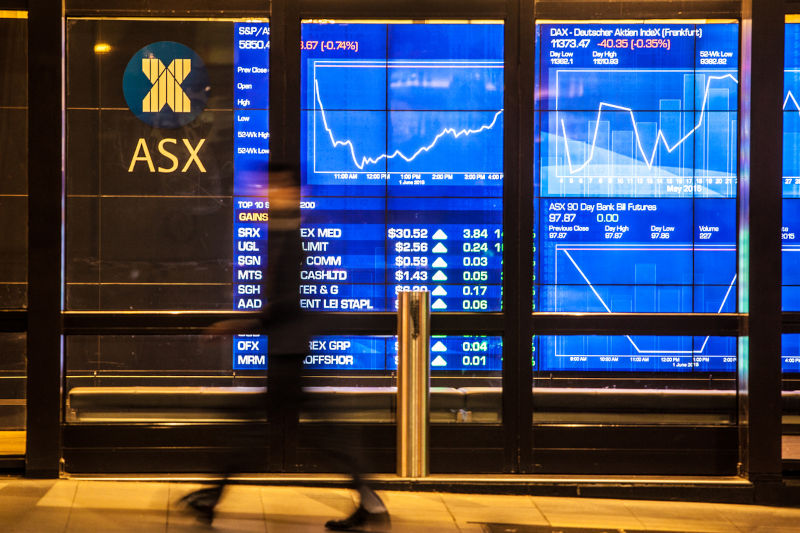TOMBS - Off-market buybacks: time to end regulatory capture
November 6, 2022
The budget announcement of plans to align the treatment of off-market buy backs with on-market buybacks, despite virtually no details being given, has provoked squeals of complaint from vested interests. Tax-driven off-market buybacks (TOMBS as we have called them) have been around since 1997, and the rationale for the allowance of this unfair tax rort has never been publicly explained by the relevant regulators.
TOMBS are share buybacks where most of the payment made by the company to participants takes the form of a franked dividend, with a small capital component. Low tax-rate investors compete to get the valuable franking credits and, via the tender process, drive the total price received down below the current market price of the shares. As we have explained in The Australian Financial Review on 31 October 2022 (a copy available here), participants benefit at the expense of other shareholders (most of whom are not aware of being screwed) and government budgetary receipts.
The first TOMB was by CBA in 1997, via a process which could be described as scandalous. The planned buyback was announced at the AGM, giving smart money the opportunity to purchase CBA shares and participate to reap the tax benefits. At least, since then, no TOMBS have involved such prior signalling, although market analysts and advisers spend time assessing which companies have excess franking credits and might be likely to do a TOMB.
There is a lot of regulatory approval required for a company to undertake a TOMB. First, a tax ruling must be obtained from the ATO to allow the inclusion of a franked dividend component in the buyback price. Why that should be allowed is nowhere adequately justified in publicly available ATO documents. Tax rulings for TOMBs are generally available, but not for the first CBA TOMB where the logic behind the decision might perhaps be found.
Another issue is that the shares need to be held for 45 days clear to be able to claim the tax credits. Why the ATO allows announcement more than 45 days prior to the buyback, which effectively facilitates streaming of franking credits to low tax rate investors is incomprehensible. Moreover, there have been instances where the ATO has effectively permitted streaming when the minimum holding period does not appear to have been clearly satisfied.
The ATO also introduced a policy that the maximum discount of the repurchase price to the current market price could be no more than fourteen per cent with no clear explanation of why that arbitrary figure was chosen. By limiting the maximum discount, non-participating shareholders are harmed, since otherwise market forces would lead to a much larger price discount. (Non-participants benefit from the company buying back shares at below the market price, but lose much more because of the streaming (something that legislation has tried to outlaw) of franking credits to participants).
The ATO has also introduced complicated tax treatment for capital gains or losses arising from participating in TOMBS. The reason is that the low capital component, if treated as the sale price, would lead to some investors claiming capital losses for tax purposes from their participation. This would be double jeopardy for the tax system, with streaming of franking credits being accompanied by artificial capital gains tax losses.
ASIC approval is also required by way of granting relief from the usual requirements for an open-access buyback. Legally, unless such relief is given, an open access buyback is required to be pro rata all shareholders participating in proportion to their shareholdings. The relief granted by ASIC enables the company to invite shareholders to tender shares, but it is only advantageous to very low marginal tax rate domestic shareholders those on zero or low tax rates to whom the franking credits are of most value.
This is inequitable and inconsistent with the legal notion of a dividend as being paid pro rata to all shareholders an argument made strongly by stockbroker Graeme Sellars-Jones when TOMBS first were allowed.
The likely form that the Governments proposed action will take is to prevent the inclusion of a franked (or non-franked) dividend component as part of the buyback payment. This would align the treatment with overseas practice where off-market buybacks occur at a premium, rather than a discount, to the current share market price.
For the Government, taking such action will protect tax revenue from these rorts which favour a select few. Our research estimated a tax cost in 2018 of $2 billion due mainly to a massive BHP TOMB. Our research indicates that the Governments estimate of tax savings around $500 million per year is not unreasonable, but the actual savings depend very much on how many TOMBS occur and how big they are. (There have only been around 60 TOMBS in total, all by large listed companies with excess franking credits).
Removing the rorts doesnt really constrain these large companies. They can still distribute franking credits by way of special dividends (pro rata to all shareholders). They can still return capital to shareholders by way of normal off- or on-market buybacks.
Hopefully the Government has the gumption to call the regulators to account for allowing this arbitrary, unfair, form of capital management and to stand up to the vested interests who will scream loud and hard to preserve the benefits they get at the expense of other shareholders (and taxpayers).
Emeritus Professor Christine Brown OAM was Head of the Department of Banking and Finance at Monash from 2013 till 2018, and has published extensively in the areas of corporate finance and derivatives.
Emeritus Professor Kevin Davis AM was Professor of Finance at the University of Melbourne from 1987 till 2020, and Inaugural Director of the Australian Centre for Financial Studies. He was a member of the Australian Financial System (Murray) Inquiry.
